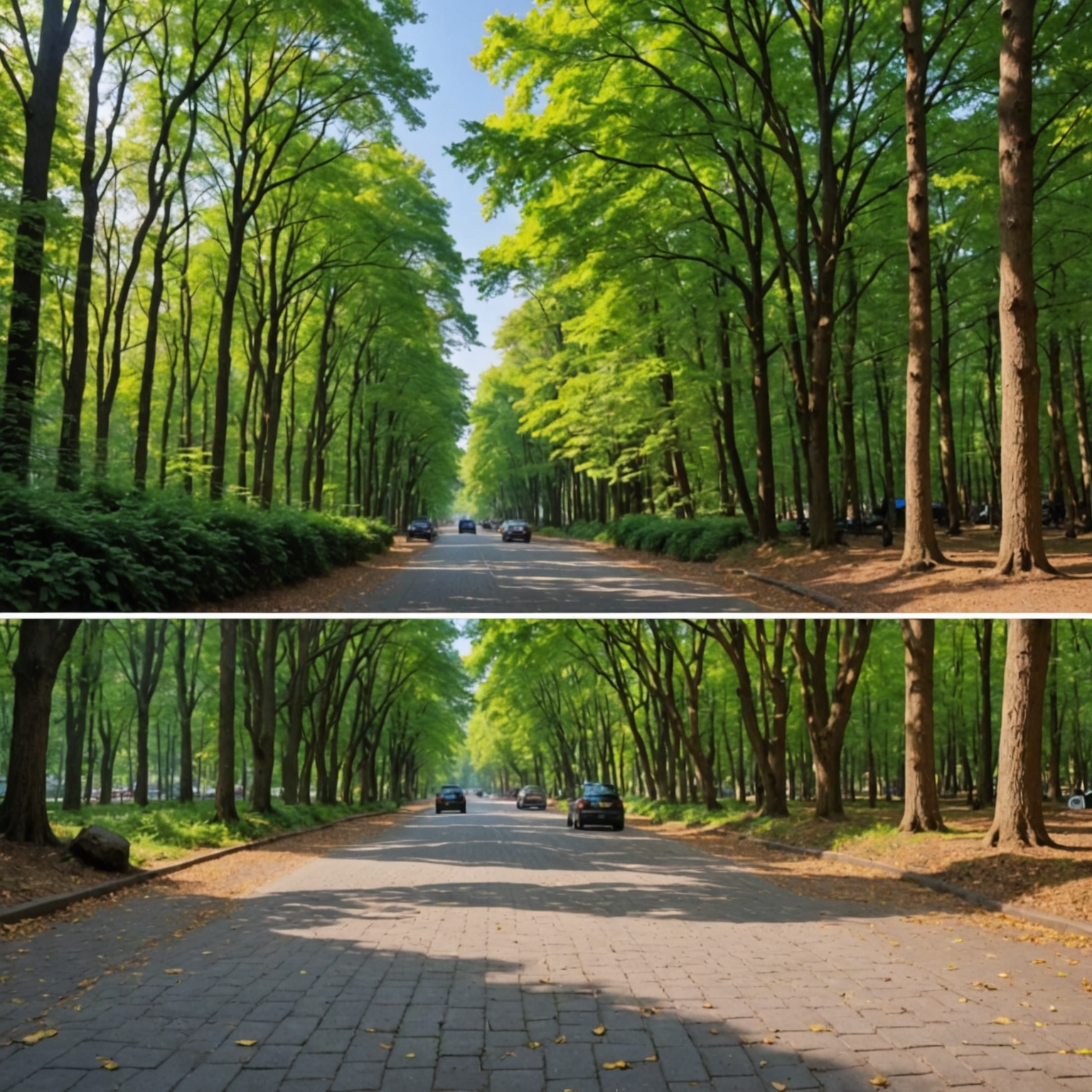AI drew this picture in 5 seconds – can you tell it’s fake?
 Can you spot the difference? One image was created by AI in just 5 seconds, the other is a real photo.
Can you spot the difference? One image was created by AI in just 5 seconds, the other is a real photo.
AI drew this picture in 5 seconds – can you tell it’s fake?
How artificial intelligence is creating stunning images — and why spotting fakes is getting harder
By Peter Teoh, Science Writer
Imagine telling a computer to draw a picture, and in just five seconds, it creates an image so detailed and realistic that it’s almost impossible to tell it’s fake. Welcome to the world of AI image generation, a rapidly advancing technology that’s reshaping art, media, and even how we see reality itself.
What is AI Image Generation?
AI image generation means teaching a computer program to create pictures from scratch. Instead of a human artist painting or drawing, these programs use huge amounts of data — millions or even billions of images — to learn what things look like. Then, when you type a description or give a prompt, the AI uses this knowledge to generate a brand-new image that fits the description.
One of the most popular methods behind this magic is called diffusion models, like Stable Diffusion XL, which reverse a process of turning images into noise, then back into pictures. By doing this billions of times, AI learns how to convert random dots into detailed scenes — all in just a few seconds! [2]
How Realistic Can AI Images Get?
By 2025, AI-generated images have become incredibly realistic. The newest AI, like OpenAI’s GPT-4o, can create images with sharp details, accurate lighting, and multiple objects interacting naturally. It can even include readable text and realistic reflections, which were big challenges before. This means AI pictures now look so close to real photos that many people can’t tell the difference without a careful look [2][3].
So, Can You Tell It’s Fake?
Spotting AI-generated images is tricky but not impossible. Experts use several clues:
-
Zoom-In Analysis: AI images sometimes have blurry edges or repeating patterns that don’t occur naturally.
-
Reflection Checks: AI struggles to produce perfect reflections in water, mirrors, or glasses, which can look odd or inconsistent.
-
Text and Background: Text in AI images can be garbled or unreadable, and backgrounds might have strange or impossible details.
-
Noise Patterns: Real photos have a natural ‘noise’ or grain from light hitting sensors, while AI images have different noise patterns that experts can detect [1][4].
Why Does This Matter?
The ability to quickly create believable fake images raises important questions. These AI images can be used for fun, like making art or memes, but they can also spread misinformation or fake news. That’s why new AI detection tools are being developed to help people and organizations tell real from fake [1][3].
The Race Between Creation and Detection
As AI image generators get better, AI detectors are also improving. Detecting AI images involves training programs on millions of real and fake pictures to spot tiny differences invisible to the human eye. But it’s a cat-and-mouse game — as generation methods evolve, detection methods must keep up [3][8].
What Can You Do?
Being aware that AI-generated images exist and learning some of the common signs can help you stay sharp. When you see a suspicious image, try to:
-
Look closely at edges, reflections, and text.
-
Check if the image’s source or metadata is trustworthy.
-
Use AI image detector tools available online if you want a quick assessment [1][3].
Side Notes
-
Diffusion models are AI methods that gradually transform noise into clear images.
-
AI-generated images can be created in seconds on regular computers or free web apps.
-
Some AI tools leave hidden digital fingerprints in the image file called metadata.
Trending Sidebar
Hot Topics in AI Image Tech:
-
Open-source AI art tools are booming, making AI image generation accessible to millions.
-
AI detectors are now used by media outlets and courts to verify images.
-
Ethical debates heat up over AI’s role in art and misinformation.
AI’s power to create stunning images in seconds is both a creative breakthrough and a challenge for truth. By understanding how these images are made and learning to spot the fakes, you can be part of the future where humans and AI create and discover together.
Leave a comment